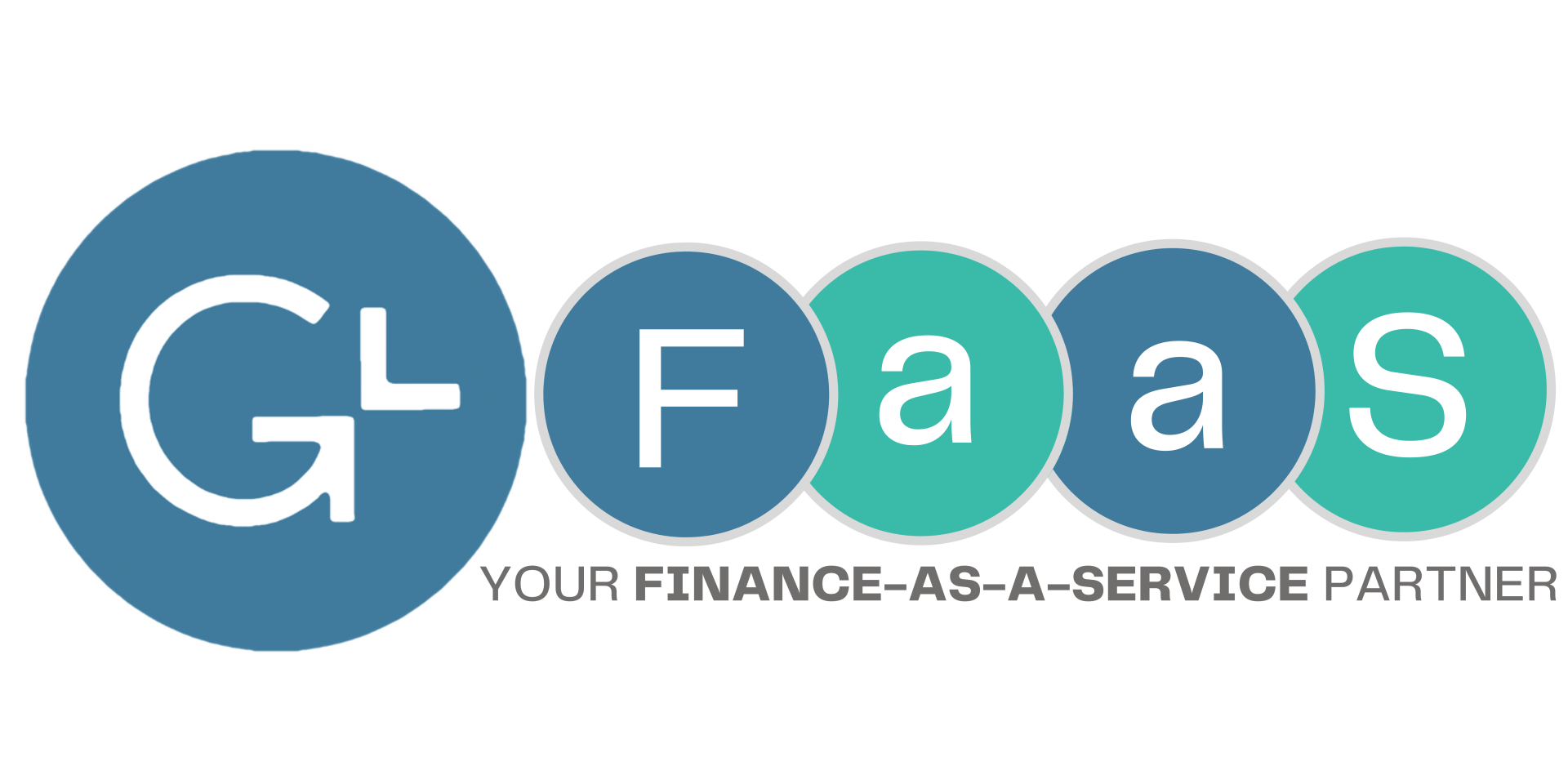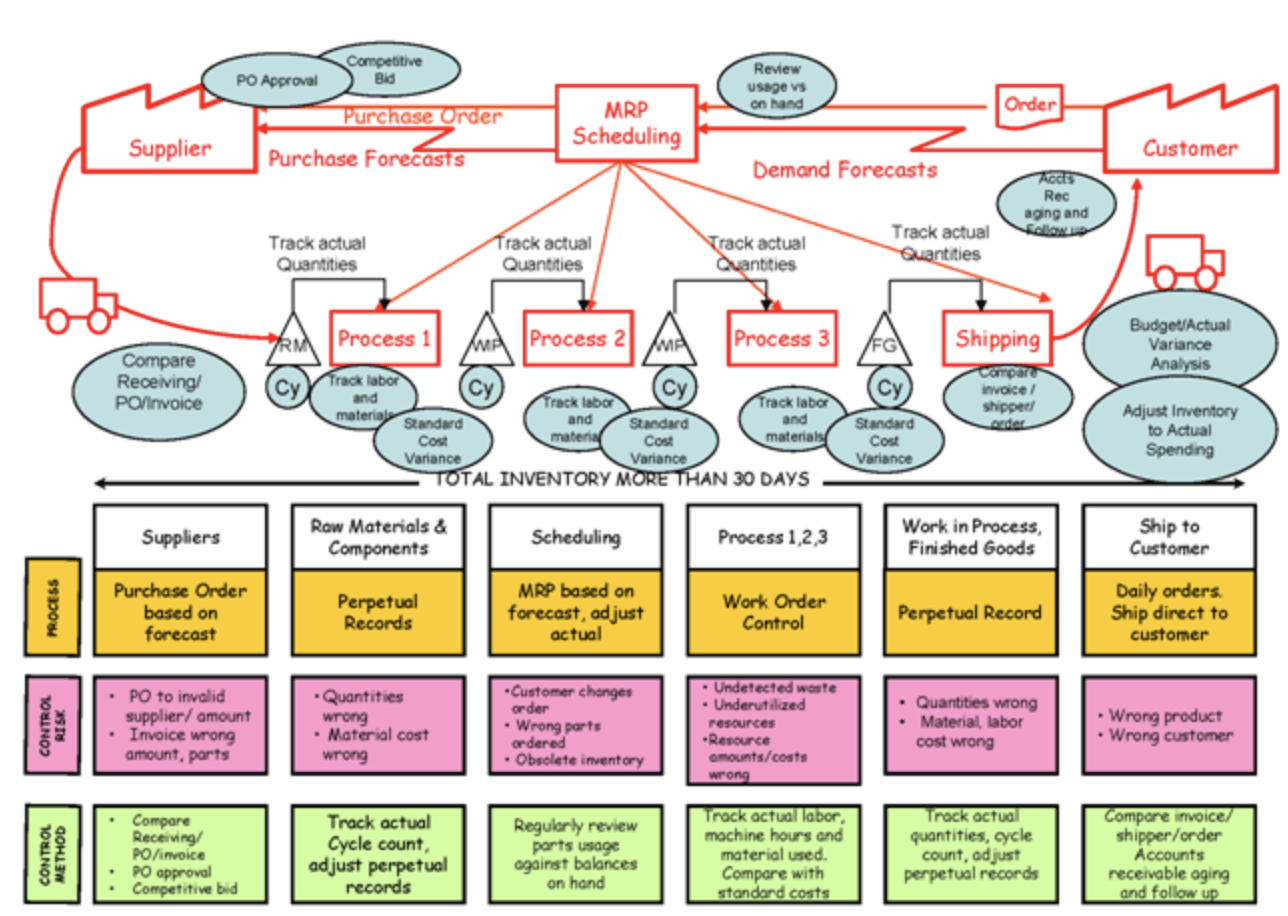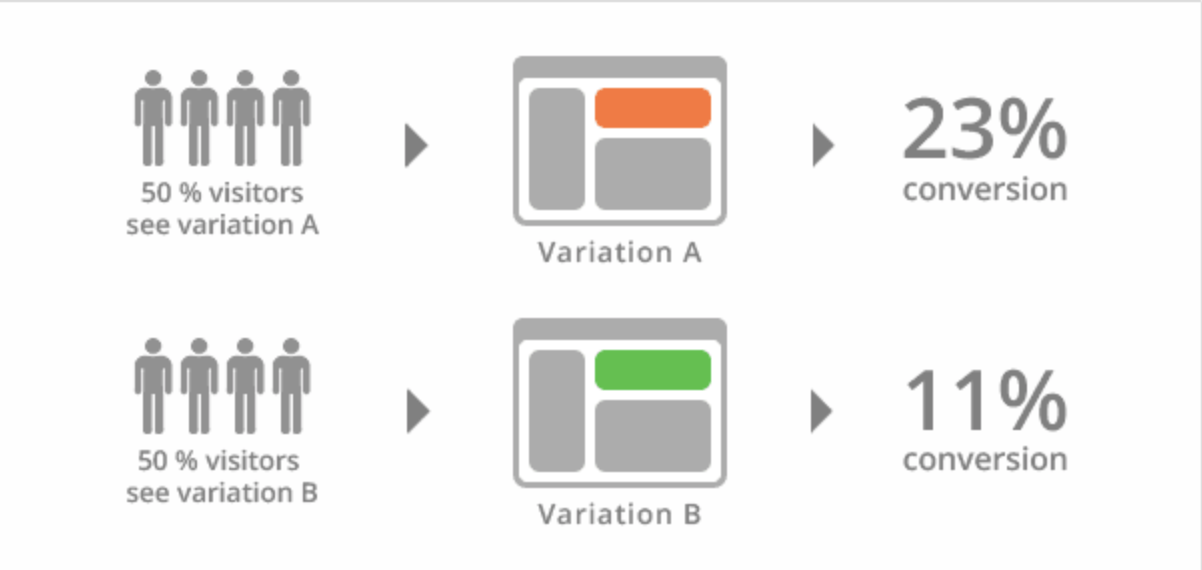5 Ways You Should Be Using Data To Leverage Your Marketing
5 Ways You Should Be Using Data To Leverage Your Marketing
In today’s digital age, it’s becoming ever so easy to bootstrap your way to success. The invention of the internet revolutionized the world of business in ways that not many could have predicted.
From utilizing cheap, do-it-yourself apps to organize things like your accounting or HR department, to setting your marketing function on autopilot, new platforms allow us to finally connect the dots in our businesses with speed and simplicity.
Growing success in any business comes from the continuous and streamlined flow of information from one operating “silo” to another. Or in other words, how seamless is the transfer of information from one value stream to another?
“Value stream mapping is a lean-management method for analyzing the current state and designing a future state for the series of events that take a product or service from its beginning through to the customer.”
When your value streams become so congested to the point where there isn’t an efficient and easy transition from one stream to another, your business tends to get backed-up. And just like the Falcons in the 4th quarter of the Super Bowl… everything begins to fall apart…
While value stream mapping can be one of the most critical components of understanding your business processes and potential lone “silos”, if you aren’t doing anything to analyze and leverage the actual underlying information that’s being transferred from one stream to another, then you haven’t transformed anything, yet.
Often these streams are comprised of multiple different stages. In a typical setting, they are seen going from a marketing and sales-oriented stream, then to an operations function, and finally to a financially-focused stream.
The first hurdle to this challenge becomes the amount of leverage you are able to extend through your sales and marketing force. With the invigoration, simplification, and expansion of consumer data collection, it is now easier than ever to access the mounds information you may need, when you need it.
Choose from thousands upon thousands of platforms that allow you to post on social networks, discover and create content, analyze your social engagement, or even put your Google Ads on autopilot.
At the end of the day we still come back to one factor. You could be putting all the time and money into your marketing efforts, but without utilizing the right data, you can count on going nowhere fast.
Take your typical carpet cleaning business. To start the cycle, your marketing and sales team bring in potential customer leads to convert, your operating team takes care of cleaning those disgusting, stain-filled carpets, and finally the finance team collects payments for services rendered — and repeat.
The first hurdle to this challenge becomes the amount of leverage you are able to extend through your sales and marketing force. With the invigoration, simplification, and expansion of consumer data collection, it is now easier than ever to access the mounds information you may need, when you need it.
Choose from thousands upon thousands of platforms that allow you to post on social networks, discover and create content, analyze your social engagement, or even put your Google Ads on autopilot.
At the end of the day we still come back to one factor. You could be putting all the time and money into your marketing efforts, but without utilizing the right data, you can count on going nowhere fast.
Here are 5 concepts you should understand to leverage data in your marketing mix.
1. Geographics
Where are people searching for you from? Let’s go back to our favorite carpet cleaning business. You’re based in Boston, Massachusetts, but for some reason you’re getting about 75% of your website views from Rhode Island.
What does this tell you about the ads you’re running? Did you receive publicity in a Rhode Island-based newspaper? Was there a flood ravaging through a Rhode Island neighborhood and residents are now looking for clean-up? Or are your competitors simply spending more than you on ads in the Boston area?
Understanding the geographical area where your marketing efforts provide you with the highest conversion rate will come to tell you a lot about where your efforts are best spent.
2. Demographics
What type of people are searching for your product/service? Are they majorly from higher-income areas? Is this because of your targeted ads or is it because your product/service is priced higher than most competitors?
Demographics will tell you the type of person that is searching for your business. From their age to their gender and occupation, demographics data will help you narrow down your “average” consumer. Use this data to understand how potential leads may react to your brand message.
Not to mention.. Facebook makes this beyond simple for you to use. Here’stheir guide.
3. Psychological Influencers
What are the interests of your consumers and leads? Do they enjoy soccer or golf? Are they interested in pop music or country? Are they religious?
These descriptors are often harder to understand than geographical or demographical factors, yet they also play an interesting and crucial role in being able to “out-market” your competitors.
Psychological data, in addition to geographical data, allow you to understand where to target your ads.
If they listen to country music, do an interview on a local country music radio station.
If they enjoy golf, sponsor a local charity’s golf tournament.
The ability to target your ads knowing that they will be seen by exactly whom is interested in your product/service is something never seen before the invention of Google, Facebook, and Twitter.
4. A/B Testing
Now that you have understood where to target your ads and what subjects interest your target market, how do you decide on what colors, messaging, and images to include in the ads? It becomes fairly easy to churn through money when you are trying hundreds of variations of ads. A/B testing is about to become your savior… A/B testing platforms allow you to split your ads 50/50. When allocating $1,000 to an ad, A/B testing will spend $500 of that budget on one variation of an ad (color, title, message, images, etc.) and the remaining $500 on a different variation.
Your results are simple.
Considering the same amount of money was spent on both ads, which one had a higher clickthrough. Or more importantly… which one had a higher conversion rate?
For this, SUMO will work perfectly to try some A/B testing out on your own website.
5. Conversion Rates & Customer Acquisition Cost
After spending your entire marketing budget across channels including Facebook, Twitter, Google, blogging, etc.. how many new customers have you gained that can be directly attributed to the money you spent on advertising?
You spent $1,000 in September solely on Google Ads, which gives you 750 new views on your website and 45 requests for home carpet cleaning. Your conversion rate will be those 45 out of 750 leads that signed up after being directed to your site, or simply put, 6%.
To translate this further into your next marketing campaign, you can expect that for every 1 customer you are looking to gain, you should be willing to pay $22.22 (1,000/45) in advertising to them.
With all this said, your options are endless. Countless sites allow you to first grasp the extent of these factors, and then countless other allow you to make use of this data.
Where many say marketing can be optional at times, I will argue it is more essential then ever.
Next time you sit down to review your marketing budget, keep these 5 things in mind for a truly different experience in your next campaign.
Check out More of our Recent Content!


GrowthLab is your Finance-as-a-Service partner
that serves Founders and Management Teams with




